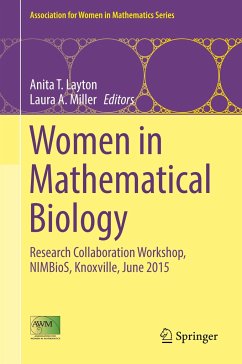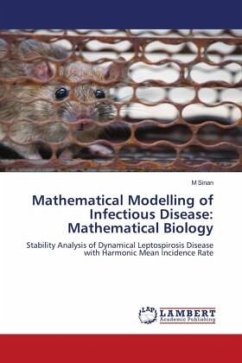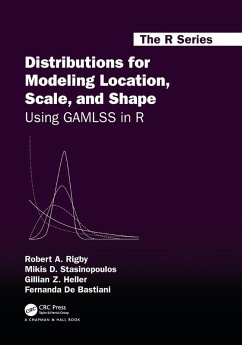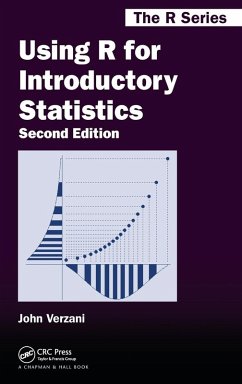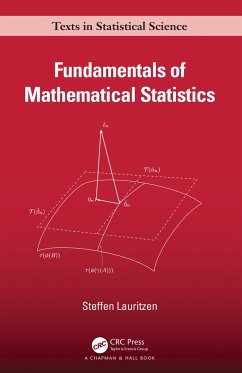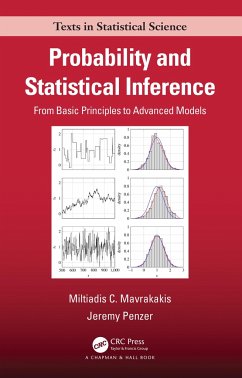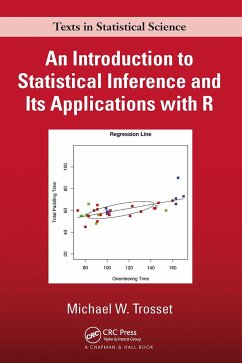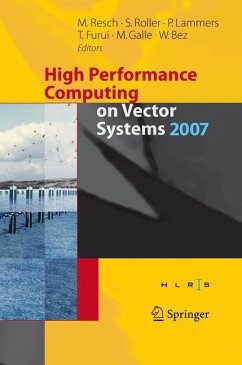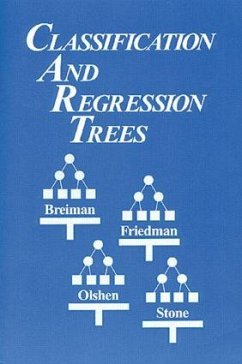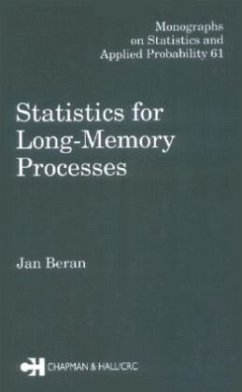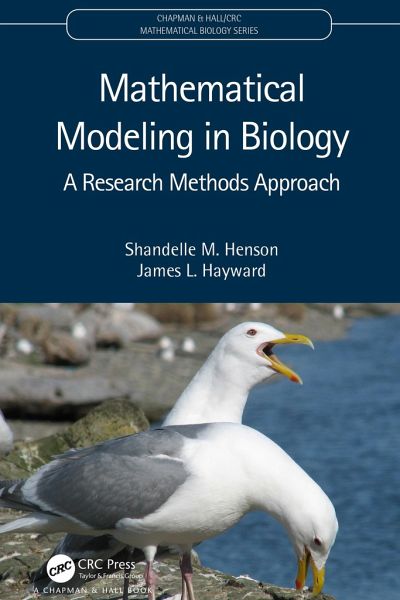
Mathematical Modeling in Biology
A Research Methods Approach
Versandkostenfrei!
Versandfertig in 6-10 Tagen
63,99 €
inkl. MwSt.
Weitere Ausgaben:

PAYBACK Punkte
32 °P sammeln!
Mathematical Modeling in Biology: A Research Methods Approach is a textbook written primarily for advanced mathematics and science undergraduate students and graduate-level biology students. Although the applications center on ecology, the expertise of the authors, the methodology can be imported to any other science, including social science and economics. The aim of the book, beyond being a useful aid to teaching and learning the core modeling skills needed for mathematical biology, is to encourage students to think deeply and clearly about the meaning of mathematics in science and to learn ...
Mathematical Modeling in Biology: A Research Methods Approach is a textbook written primarily for advanced mathematics and science undergraduate students and graduate-level biology students. Although the applications center on ecology, the expertise of the authors, the methodology can be imported to any other science, including social science and economics. The aim of the book, beyond being a useful aid to teaching and learning the core modeling skills needed for mathematical biology, is to encourage students to think deeply and clearly about the meaning of mathematics in science and to learn significant research methods. Most importantly, it is hoped that students will experience some of the excitement of doing research.
Features
Minimal pre-requisites beyond a solid background in calculus, such as a calculus I course.Suitable for upper division mathematics and sciences students and graduate-level biology students. Provides sample MATLAB codes and instruction in Appendices along with datasets available on https://bit.ly/3fcLF3D
Features
Minimal pre-requisites beyond a solid background in calculus, such as a calculus I course.Suitable for upper division mathematics and sciences students and graduate-level biology students. Provides sample MATLAB codes and instruction in Appendices along with datasets available on https://bit.ly/3fcLF3D





